We’re working up to a Zombie Apocalypse in this post but firstly I don’t know what your initial thoughts are when looking at this image but I have to say I’m thinking that some men are utterly shameless! The poor girls are all dead, trying to cover their modesty even as two of them are ravaged by maggots, and the man on the right, a King no less, is giving them the eye. At least the Pope on the left is averting his eyes, or I thought he was but now I’m wondering whether he’s actually locked eyes with the whitest, least decomposed corpse on the right? The Emperor, in the middle, is more interested in the Pope which could be a whole other story!
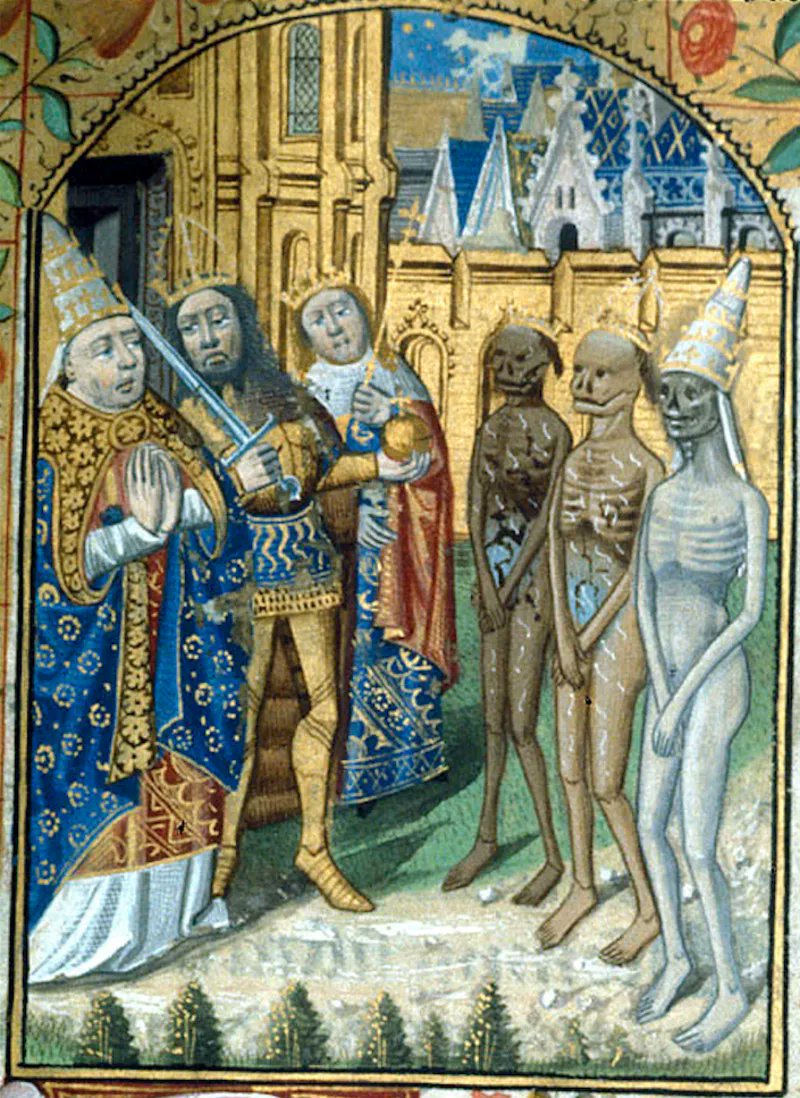
Unknown artist, The Three Living and The Three Dead from a French Book of Hours, c. 1480-90, Harley MS 2917, f. 119r, British Library
This is the same sort of idea – three healthy fellows (rather effete noblemen this time) encounter three terribly cheerful dead people in varying degrees of decomposition. The one on the right is possibly performing some kind of Charleston whilst the other two are waving so frantically that surely there must be some worry that body parts might start to fly off?
The text in old English beneath the men tells us that one of them is actually pretty freaked out by what he’s experiencing. You can make out three words to the right: ‘ich am agast’. They may well be aghast; the text beneath the dead people is essentially a response along the lines of ‘yeah, you bloody well should be. I was once like you, one day you’ll be like me and you’d better buck your ideas up before you meet your maker and it’s too late for redemption.’ Not hugely comforting.
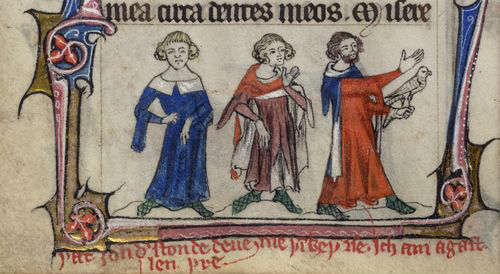
Unknown artist, The Three Living and The Three Dead from the Taymouth Hours, England, 2nd quarter of the 14th century, Yates Thompson MS 13, ff. 179v-180r, British Library
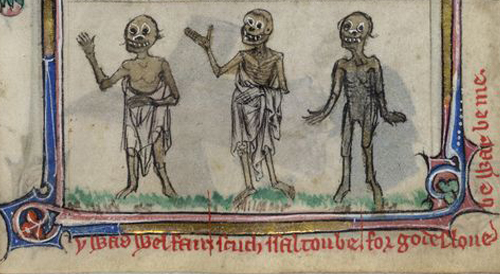
Unknown artist, The Three Living and The Three Dead from the Taymouth Hours, England, 2nd quarter of the 14th century, Yates Thompson MS 13, ff. 179v-180r, British Library
No one quite knows what the origins of the “Three Living and the Three Dead” trope but there are loads of versions dating back to the 13th C mostly from France and England.
This is all very well as a not so gentle warning but what happens when the dead actually start to kill people?
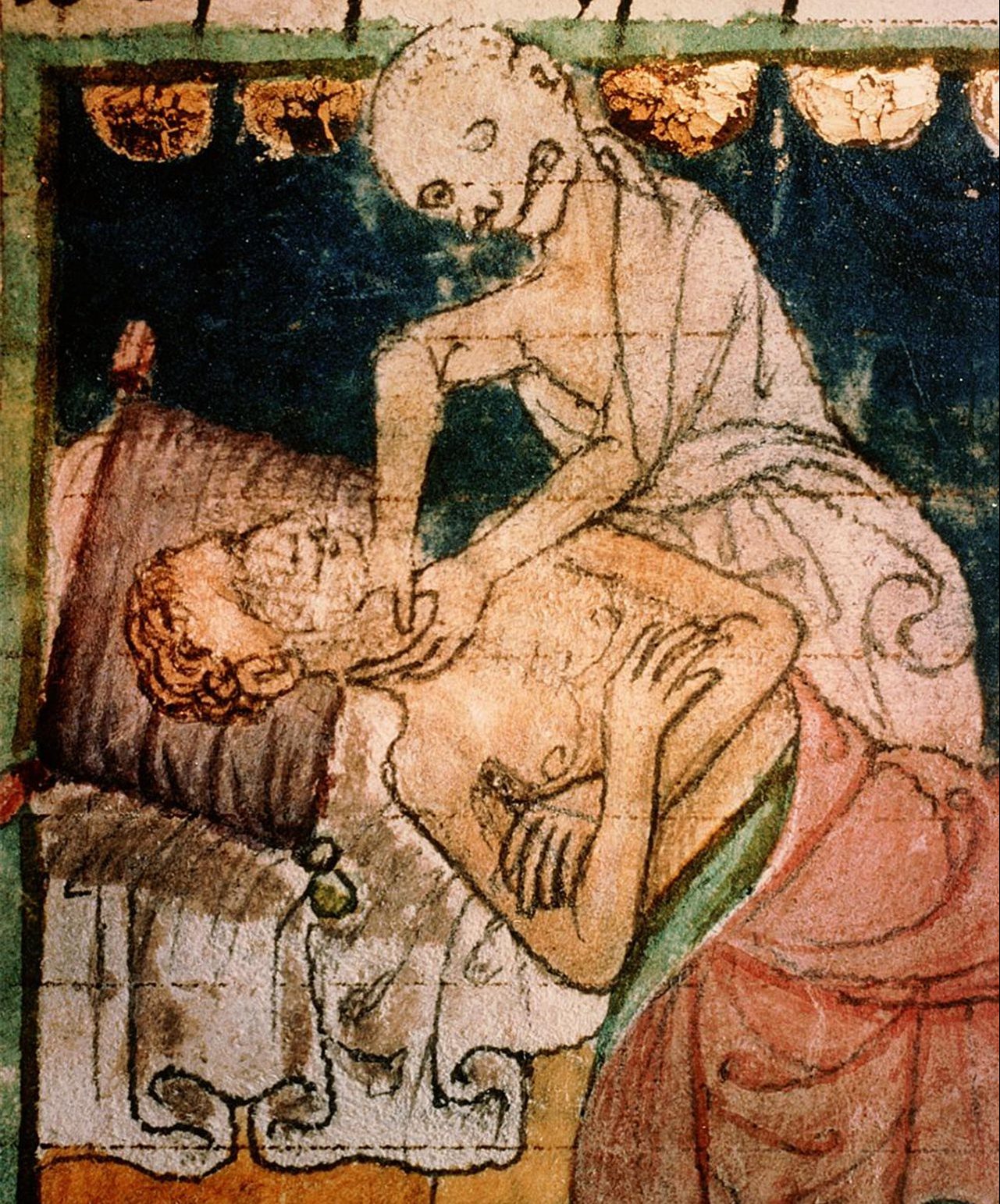
Unknown artist, Death Strangles a Plague Victim, Stiny Codex, 14th century, University Library, Prague
I’m going to say that this scenario isn’t ideal.
You’re just lying in your bed having a little snooze and a corpse comes and strangles you! Rude!
If I say that this illustration, like many others, was created in response to a plague, it makes more sense. This dates to the 14th century when the biggest plague (still, I think!) to sweep through Europe had done just done its worst. Between 1347 and 1351 a third of the population died.
So this is death coming for a plague victim rather than an actual homicidal corpse.
Death coming for you might, however, look like a pretty face. This is a vignette for a 19th century translation of an epic poem entitled Syphilis by a 16th century Italian poet and physician called Fracastoro.
The disease first became prevalent in the 1480s and all of a sudden people were dropping like flies.
Let’s just talk about the effects of syphilis for a moment. The strain that ripped through Europe in the late 15th century was particularly horrible.
Firstly you start to notice genital ulcers, and then you might get a fever and perhaps some joint and muscle pain. Then, at some point, you break out in abscesses and sores all over your body. They smell appalling but the smell is the least of your worries because they eat into your skin and then your bones. Many victims lost their nose, lips, eyes…
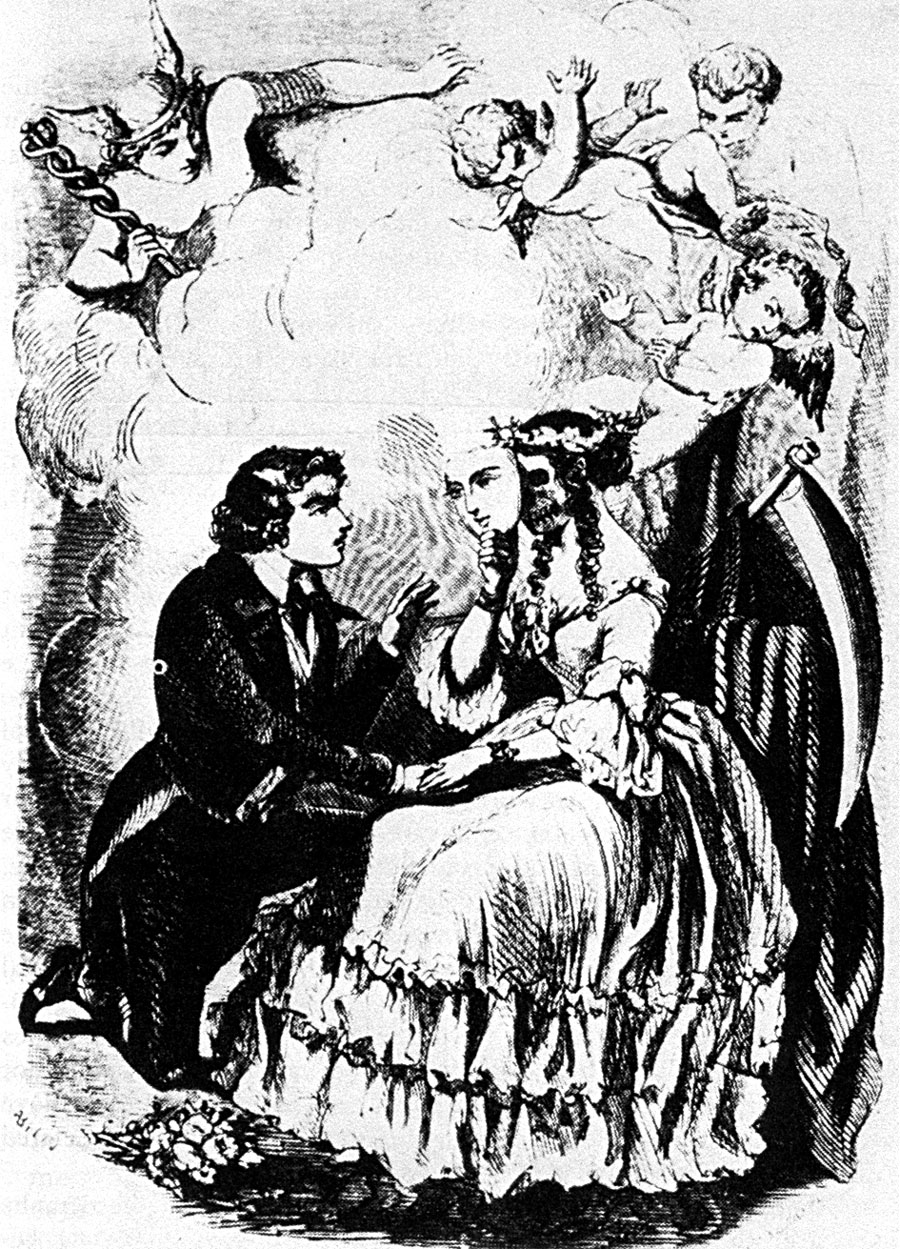
Unknown artist, page title vignette for 19th century translation of Fracastoro’s Syphilis
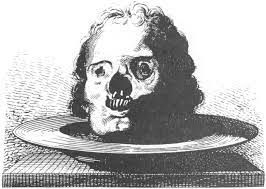
This is an etching from the 18th century simply titled Syphilitic Prostitute and it’s clear that the disease wasn’t pretty. Nor was it merciful. It often took a while for sufferers to die and hence reports of a particularly bad outbreak in Naples in 1495 talk of the ‘walking dead’. Infected people were walking, even crawling, through the streets. Body parts gone or being eaten away. Literally the living dead.
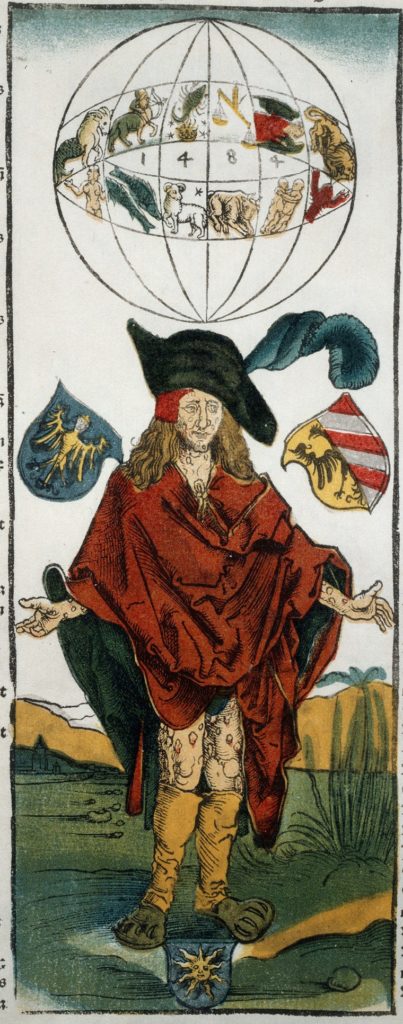
Albrecht Dürer, Broadsheet: text and wood cut of a syphilitic man, 1484, Wellcome Collection, London
I’m going to end this post with this image by Albrecht Dürer.
Covered in lesions this man is maybe not the ‘zombie’ we’re really searching for but nonetheless he’s not looking the best, I’d say. This is definitely a depiction of someone with syphilis.
When the disease ripped through Nuremberg in 1484, it was violent, unexpected and unexplained which led the population to make an obvious connection. Syphilis was linked to planetary activity which signified the end of the world! An actual real life zombie apocalypse. Above the victim’s head is a sphere with astrological signs and the year that the world comes to an end. To ensure any potential survivors were aware that the good (or perhaps not so good?!) people of Nuremberg had sussed this out, the city’s coats of arms are clearly displayed.
Note to self: it was all going on in Nuremberg. Just under 80 years later in 1561, they had an alien invasion. See last week’s post, ‘Alien Invasion!’ for all the strange details.
The video of this episode can be viewed here. To view the entire ‘Elevenses with Lynne’ archive, head to the Free Art Videos page.

Recent Comments